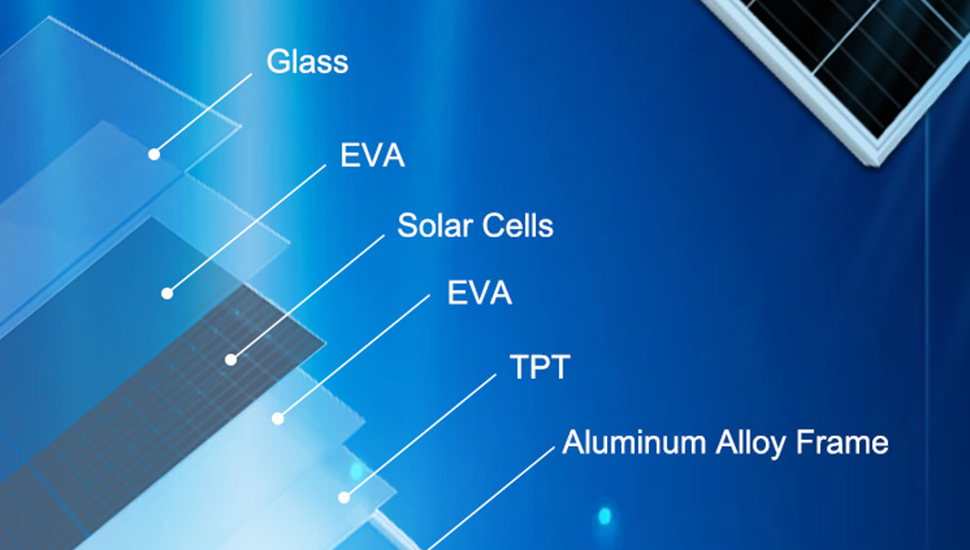A solar cell is a device that directly converts light energy into electrical energy through the photoelectric effect or photochemical effect. Thin-film solar cells that work with the photoelectric effect are the mainstream, and how to choose solar cells troubles some people. Today, I will briefly introduce the knowledge about the purchase of solar cells. Hope it helps you.
At present, solar cells on the market are divided into amorphous silicon and crystalline silicon. Among them, crystalline silicon can be divided into polycrystalline silicon and single crystal silicon. The photoelectric conversion efficiency of the three materials is: monocrystalline silicon (up to 17%) > polycrystalline silicon (12-15%) > amorphous silicon (about 5%). However, crystalline silicon (single crystal silicon and polycrystalline silicon) basically does not generate current under weak light, and amorphous silicon is good in weak light (the energy is originally very little under weak light). So on the whole, monocrystalline silicon or polycrystalline silicon solar cell materials should be used.
When we buy solar cells, the focus of attention is the power of the solar cell. Generally speaking, the power of the solar panel is proportional to the area of the solar wafer. The area of the solar cell wafer is not exactly equal to the area of the solar encapsulation panel, because although some solar panels are large, the single solar wafer is arranged with a wide gap, so the power of such a solar panel is not necessarily high.
Generally speaking, the higher the power of the solar panel, the better, so that the current generated in the sun is large, and its built-in battery can be fully charged quickly. But in reality, there needs to be a balance between the power of a solar panel and the portability of a solar charger. It is generally believed that the minimum power of the solar charger cannot be lower than 0.75w, and the solar panel of the secondary power can generate a current of 140mA under the standard strong light. The current generated in the general sunlight is about 100mA. If the charging current is too small below the secondary power, there will be basically no obvious effect.
With the wide application of various solar products, solar cells are used more and more widely in our lives. But in the face of all kinds of solar cells on the market, how should we choose?
1. The choice of solar cell battery capacity
Since the input energy of the solar photovoltaic power generation system is extremely unstable, it is generally necessary to configure the battery system to work, and solar lamps are no exception, and the battery must be configured to work. Generally, there are lead-acid batteries, Ni-Cd batteries, and Ni-H batteries. Their capacity selection directly affects the reliability of the system and the price of the system. The selection of battery capacity generally follows the following principles: first, on the premise that it can meet the night lighting, the energy of the solar cell components during the day should be stored as much as possible, and at the same time, it should be able to store the electrical energy that meets the continuous cloudy and rainy night lighting needs. The battery capacity is too small to meet the needs of night lighting, and the battery capacity is too large.
2. The choice of solar cell packaging form
At present, there are two main packaging forms of solar cells, lamination and glue. The lamination process can guarantee the working life of solar cells for more than 25 years. Although glue-bonding was beautiful at the time, the working life of solar cells is only 1~2 years. Therefore, the low-power solar lawn light below 1W can use the glue-drop packaging form if there is no high life expectancy. For the solar lamp with a specified service life, it is recommended to use the laminated packaging form. In addition, there is a silicone gel used to encapsulate solar cells with glue, and it is said that the working life can reach 10 years.
3. Selection of solar cell power
The solar cell output power Wp we call is the output power of the solar cell under the standard sunlight conditions, namely: 101 standard defined by the European Commission, the radiation intensity is 1000W/m2, the air quality is AM1.5, and the battery temperature is 25°C. This condition is about the same as that of the sun around noon on a sunny day. (In the lower reaches of the Yangtze River, it can only be close to this value.) This is not as some people imagined. As long as there is sunlight, there will be rated output power. It can also be used normally under fluorescent lights at night. That is to say, the output power of the solar cell is random. At different times and different places, the output power of the same solar cell is different. Solar light data, between aesthetics and energy saving, most of them choose energy saving.
Post time: Jul-08-2022




